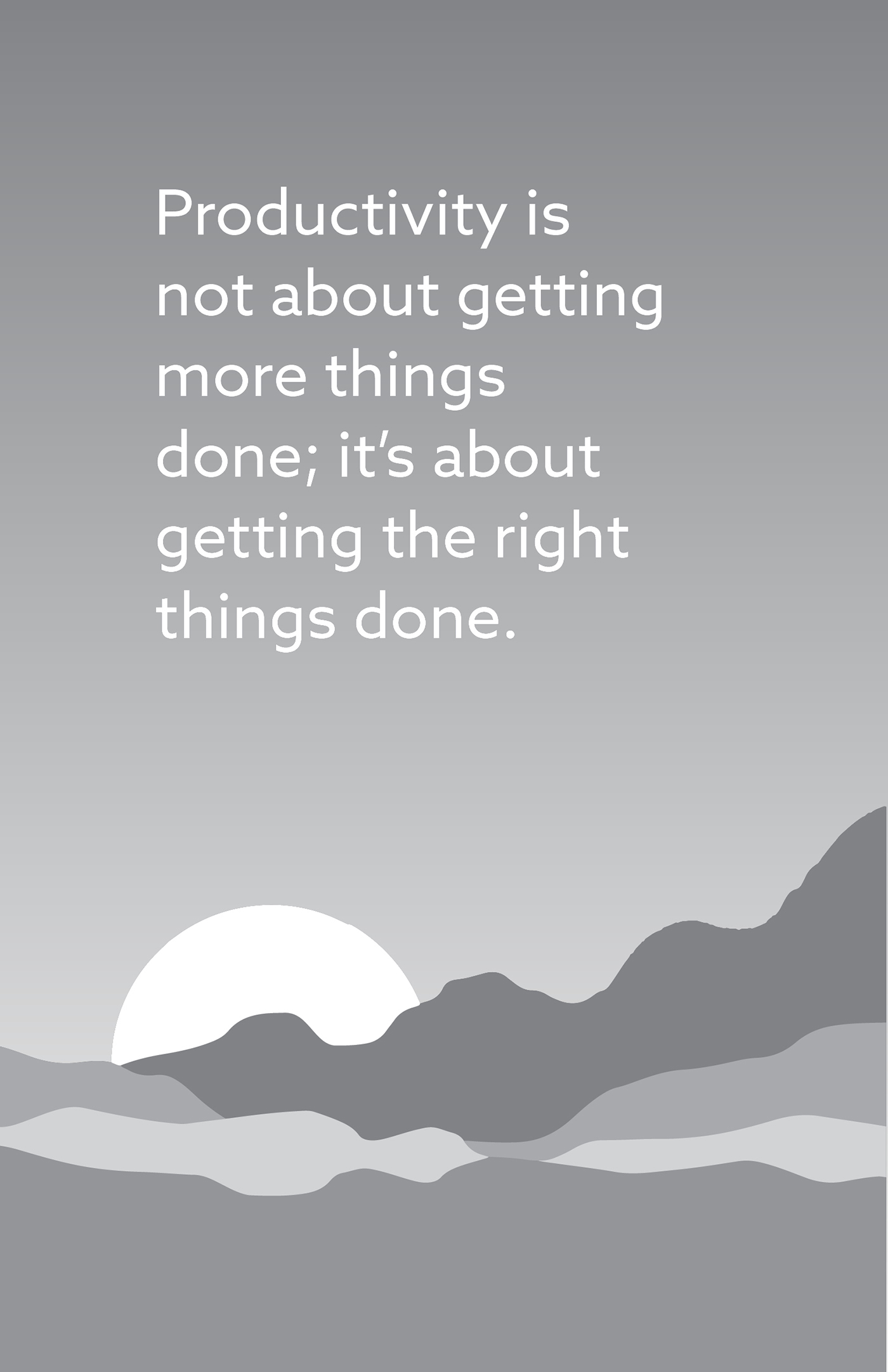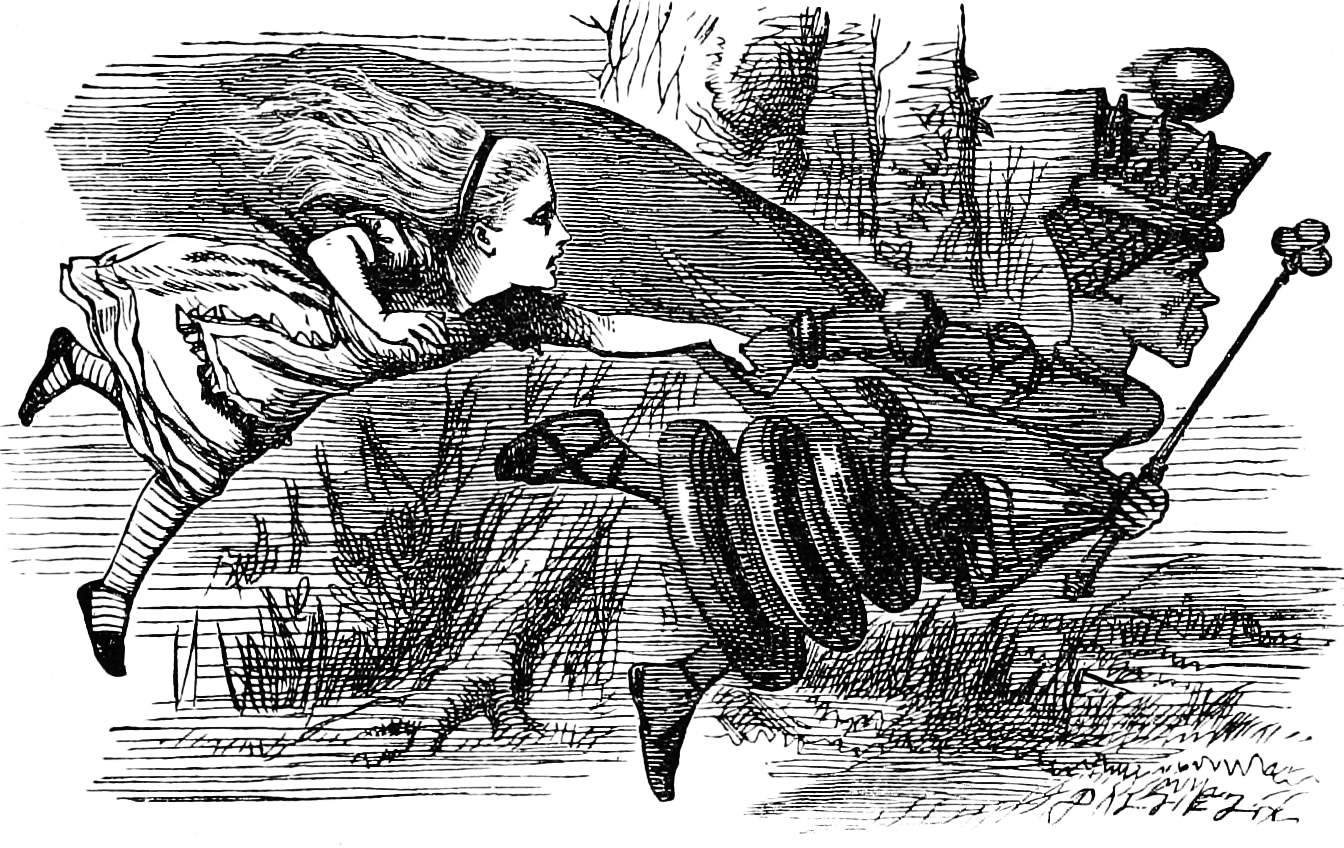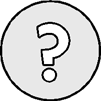Stepping into Focus
What will your life have been, in the end, but the sum total of everything you spent it focusing on?
OLIVER BURKEMAN
I think I’m having a heart attack!” Of all ways to end a relaxing dinner, this is among the worst.
I was a publishing executive in Manhattan on business. A colleague and I were finishing a delicious meal after a busy day when the chest pain began. I didn’t want to concern my friend or embarrass myself, so I ignored it for a while, hoping it would pass. It didn’t. I smiled and laughed but heard less and less of what my friend was saying. I was beginning to panic but tried to keep up appearances. The pain intensified. The room closed in. Finally, I just blurted it out.
My friend jumped into action. He paid our bill, hailed a cab, and rushed me to the nearest hospital. After some preliminary tests, the doctor reported that all my vitals were fine. I wasn’t having a heart attack after all. After a thorough checkup, my primary care physician didn’t find any problems either. I was okay! Except I wasn’t. I found myself back in the hospital two more times over the next year. Each of these events turned out exactly like the first. Doctors kept telling me my heart was good, but I knew something was wrong.
In desperation, I made an appointment with one of the top cardiologists in Nashville, where I live. He ran me through a battery of tests and called me into his office as soon as the results came in. “Michael, your heart is fine,” he said. “In fact, you’re in great shape. Your problem is twofold: acid reflux . . . and stress.” He said a third of the people he sees for chest pains actually suffer from acid reflux, and most are neck-deep in stress. “Stress is something you need to address,” he warned me. “If you don’t make this a priority, you could be back in here with a real heart problem.”
I was exactly like the overworked, overstressed people he told me about. Work had been insane for as long as I could remember. It never seemed to slow down. At the time I was leading a division in my company, attempting a near-impossible turnaround (more on that later). I already had more priorities than I could count. I was being pulled a hundred different directions. I was the center of every process. I got every phone call, every email, every text. I was on duty 24/7 in a nonstop whirlwind of projects, meetings, and tasks—not to mention emergencies, interruptions, and distractions. My family was weary, my energy and enthusiasm were waning, and now my health was suffering. Something had to give.
Life in the Distraction Economy
My problem back then was doing too much—mostly by myself. Later I realized focusing on everything means focusing on nothing. It’s almost impossible to accomplish anything significant when you’re racing through an endless litany of tasks and emergencies. And yet this is how many of us spend our days, weeks, months, years—sometimes, our entire lives.
We should know better by now. We’ve been doing business in the so-called Information Economy for decades. In 1969 and 1970 Johns Hopkins University and the Brookings Institution sponsored a series of conferences on the impact of information technology. One speaker, Herbert Simon, was a Carnegie Mellon professor of computer science and psychology who later won a Nobel for his work in economics. In his presentation, he warned that the growth of information could become a burden. Why? “Information consumes the attention of its recipients,” he explained, and “a wealth of information creates a poverty of attention.”1
Information is no longer scarce. But attention is. In fact, in a world where information is freely available, focus becomes one of the most valuable commodities in the workplace. But for most of us, work is the hardest place to find it. The truth is we live and labor in the Distraction Economy. As journalist Oliver Burkeman says, “Your attention is being spammed all day long.”2 And stemming the flow of inputs and interruptions can seem impossible.
Consider email. Collectively, we send over two hundred million emails every minute.3 Professionals start the day hundreds deep with hundreds more on the way.4 But don’t stop there. Toss in the data feeds, phone calls, texts, drop-in visits, instant messages, nonstop meetings, and surprise problems that flood our phones, computers, tablets, and workplaces. Research shows we get interrupted or distracted every three minutes on average.5 “Even though digital technology has led to significant productivity increases,” says Rachel Emma Silverman of the Wall Street Journal, “the modern workday seems custom-built to destroy individual focus.”6
We’ve all experienced it. Our devices, apps, and tools make us think we’re saving time, being hyperproductive. In reality most of us just jam our day with the buzz and grind of low-value activity. We don’t invest our time in big and important projects. Instead, we’re tyrannized by tiny tasks. One pair of workplace consultants found “about half the work that people do fails to advance [their] organizations’ strategies.” In other words, half the effort and hours invested produce no positive results for the business. They call it “fake work.”7 We’re doing more and gaining less, which leaves us with a huge gap between what we want to achieve and what we actually accomplish.
What It Costs Us
The cost of all this misspent time and talent is staggering. Depending on the studies you consult, the total time lost per day for office workers is three hours or more—as many as six.8 Let’s say you work 250 days a year (365 days, less weekends and two weeks of vacation). That’s between 750 and 1,500 hours of lost time every year. The annual hit to the US economy rises as high as $1 trillion.9 But that’s too abstract.
Think instead about the stalled initiatives, postponed projects, and unrealized potential—specifically, your stalled initiatives, postponed projects, and unrealized potential. I’ve consulted with thousands of busy leaders and entrepreneurs over the years, and that’s what I hear most from my clients. The dollar value on lost productivity does matter, but it’s not what really hurts. It’s all the dreams left unexplored, the talents left untried, the goals left unpursued.
Between the projects we want to accomplish and the deluge of other activity—some which is legitimately important and some which only masquerades as such—we’re left feeling drained, disoriented, and overwhelmed. About half of us say we don’t have enough time to do what we want to do, according to Gallup. For those between the ages of 35 and 54 or people with kids younger than 18, the figure is higher—more like 60 percent.10 Similarly, six in ten surveyed by the American Psychological Association in 2017 said they’re stressed at work, and almost four in ten say it’s not the result of one-off projects; it’s constant.11 There are upsides to stress, but not when we can’t accomplish what matters most and the strain feels unrelenting.
It seems like the only way to absorb these costs is to let work push back our nights and invade our weekends. A study by the Center for Creative Leadership, for instance, found that professionals with smartphones—and that’s pretty much all of us now—engage with their work more than seventy hours a week.12 According to a study commissioned by the software company Adobe, US workers spend more than six hours every day checking email. To preserve time for the rest of the day’s work, 80 percent check their email before going in to the office, and 30 percent do it before they even get out of bed in the morning.13 According to another study, this one by GFI Software, almost 40 percent of us check email after 11:00 at night, and three quarters of us do it on the weekends.14 Anecdotally, this seems just as bad, possibly worse, with team chat apps like Slack.
It’s like we’re working on the wrong side of the Looking Glass. “Here, you see, it takes all the running you can do, to keep in the same place,” the Red Queen tells Alice. “If you want to get somewhere else, you must run at least twice as fast as that!”15 To manage the pace, some people resort to amphetamines and psychedelics to give them an edge.16 Even if we grant the supposed benefits of cognitive-enhancing drugs and downplay health and social concerns, what kind of world are we creating where we have to tweak our neurochemistry to stay competitive?
This kind of running carries costs of its own. Not only does it directly contribute to the feeling of unrelenting stress, but long work hours deprive our health, relationships, and personal pursuits of the kind of time they deserve. Hustle into the evening, and your sleep suffers. Leave early for the office, and you skip your morning run. Check email at your kids’ soccer game, and you miss the game-winning play. Catch up on a presentation, and you must reschedule that date with your spouse . . . again.
The costs come down to trade-offs. Every day we’re constantly making value judgments, deciding what’s truly worth our focus. Early in my career, I’m afraid to say, I chose busyness far too often. Now I know these trade-offs make it impossible to give my high-value tasks, health, relationships, and personal pursuits the time and attention—the focus—they deserve. And, as Oliver Burkeman asks, “What will your life have been, in the end, but the sum total of everything you spent it focusing on?”17
The pace of work in the Distraction Economy can be relentless. How often do you feel like Alice, running as fast as you can just to stay in place—and twice as fast as that to get ahead?
Counterproductive Productivity
To offset these costs, many of us turn to productivity systems. If we’re falling behind like Alice, we figure, maybe we can run faster! So we Google tips and hacks. We troll Amazon and the App Store for ideas and tools to manage our time and boost our efficiency.
That’s what I did. After my heart scare, I knew my pace wasn’t sustainable. There had to be a better way. I studied every productivity system I could. I tried, tinkered, and tweaked all of them. Little by little it made a difference, and I began sharing my discoveries and applications. That’s why I launched my blog fifteen years ago. It was a productivity laboratory for me and my readers. Even though I was then CEO of a major publishing company, I was getting recognized as a productivity expert. Later I founded a leadership development company and now coach hundreds of clients and teach thousands more about productivity every year.
In those early days, I was looking for a way to do more—or at least the same amount a little faster—without killing myself. But I quickly found that keeping pace with the Red Queen wasn’t the answer. The breakthrough came when I realized most productivity “solutions” actually make things worse. When I begin working with entrepreneurs, executives, and other leaders, they usually tell me productivity is about doing more and doing it faster. That’s because our instincts about productivity come from the age of manufacturing when people performed a defined set of repeatable tasks and could improve the bottom line with marginal gains in execution. But that’s not my job. It’s not the job of the people I coach. And I bet it’s not yours either. Today we have amazing variety in our tasks and we contribute to the bottom line with new and significant projects, not small improvements on existing processes.
And that’s the root of the problem. By approaching productivity with the old mindset, we invite the burnout we’re trying to avoid and fail to reach our true potential. No one can keep up with the Red Queen. And running faster doesn’t help if you’re pointed in the wrong direction. It’s time to rethink the whole model.
A New Approach
The most productive business leaders I coach recognize productivity is not about getting more things done; it’s about getting the right things done. It’s about starting each day with clarity and ending with a sense of satisfaction, accomplishment, and energy to spare. It’s about achieving more by doing less, and this book shows you how.
Free to Focus is a total productivity system that follows three simple steps, composed of three actions each. I’ve arranged the steps to help you gain momentum as you go, so resist the temptation to jump ahead.
Step 1: Stop. I know what you’re thinking: “Stop? That can’t be the right word. Shouldn’t the first step in a productivity system be Go?” No. In fact, that’s where most productivity systems get it wrong. They jump right to showing you how to work better or faster, but they never stop to ask, Why? What’s the purpose of productivity? There’s a lot at stake with the answer. Unless you first know why you’re working, you can’t properly evaluate how you’re working. That’s why Free to Focus suggests to truly start you must stop.
For the first action, you’ll Formulate. This will help you clarify what you want out of productivity. We’ll reframe productivity so it works in the real world, instead of the wrong side of the Looking Glass. Second, you’ll Evaluate, identifying and filtering your high-leverage activity from low-leverage busy work. You’ll also discover a tool that, if used correctly, will completely revolutionize how, when, and where you spend most of your energy. Finally, you’ll Rejuvenate by discovering how to leverage rest to boost your results.

Step 2: Cut. Once you have a clear view of where you are and what you want, it’s time to move to Step 2: Cut. Here you’ll discover that what you don’t do is just as important to your productivity as what you do. Michelangelo didn’t create David by adding marble. Ready to break out your chisel?
First, you’ll Eliminate. You’ll discover the two most powerful words in productivity and how to use them to banish the time bandits stealing your hours. Second, you’ll Automate, gaining back time and attention by accomplishing low-leverage tasks in the background without much effort. Finally, you’ll Delegate. It’s a terrifying word for many, but don’t worry. I’ll reveal an effective method for getting work off your plate and ensuring it gets done to your standards.
Step 3: Act. Having cut out all the nonessentials, it’s time for execution. In this section you’ll learn how to accomplish your high-leverage tasks in less time and, more importantly, with less stress.
Your first action here is Consolidate, which will help you leverage three distinct categories of activity and maximize your focus. Next, you’ll Designate. By that I mean you’ll learn to stage tasks so they fit your schedule and hold back the tyranny of the urgent. Last, you’ll Activate by eliminating interruptions and distractions and making maximal use of your unique skills and abilities.
Along the way you’ll meet some of the clients I’ve coached who have put these lessons to work in their lives. I’ll show you how to do the same thing. Each of the nine actions ends with exercises to help you put these steps into practice right away. Don’t skip these activities. They’re custom-built to ensure your success. Your days of getting derailed by nonstop interruptions and an out-of-control to-do list are over. Your nights of lying in bed exhausted from a busy day but unsure of what you actually accomplished are done.
It’s time to hit the reset button on your life and finally put a system in place that ensures the time and energy to accomplish your most important goals, both in and out of the office.
Can you imagine it? Can you picture when you feel fully in control of where your time is going, when you get to decide how to spend your precious energy, and when you hit the pillow at night still energized from a productive, satisfying day? I hope you can, because that time is coming. You really can accomplish more by doing less. Take the first step and discover how.

